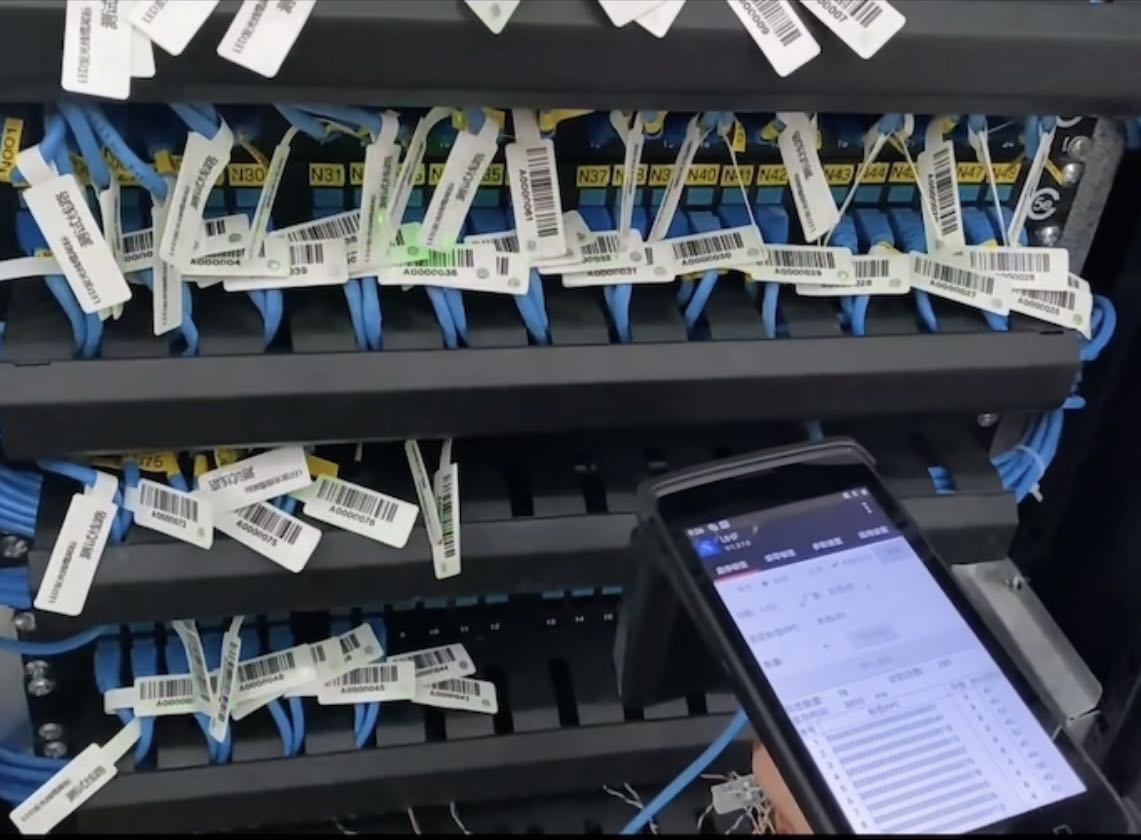
125Khz Waterproof Rfid Chip Card Rfid Solutions Passive Sensor
Cable Zip Tie For Equipment
Type: VT-Z06
Size: 53*53*240mm
Color: Black, Red, Blue, Yellow, Green, White or Customized
Working Frequency: 902-928MHz/ 865-868MHz
Material: ABS/PP/Nylon
Operating Temperature: -40 ~ +80℃
Weight: 13g
Reading Distance: 0.1~5 m
Additional Crafts: laser printing or silk printing, logo, QR code, numbers
RFID cable tie tag is is made by a nylon strap and a ABS tag with chip in it. Different colors and customized sizes and crafts like logo printing, encoding are available. It’s waterproof and strapped tightly.It can be used in water and harsh outdoor environments.
| 1.Model | RFID cable tie Tag |
| 2.Material: | PE,NYLON,silicone,or customized |
| 3.Dimension: | 33CM(different size available or Customized)
SlotSize / FlagSize:110*30mm Bundle Length(Max):Dia75mm |
| 4.RF Protocol: | EPC/ISO18000-6C EPCClass1Gen2 |
| 5.OperatingFrequency | 860MHz to 960MHz |
| 6.ChipType | ALIEN H3 (9662) and also can be customized |
| 7.Read Distance: | 3-5m,up to working environment and reader |
| 8.Break Strength: | F≥800N |
| 9.Humidityenvironment: | Suitable for indoor and outdoor usedirt,dust, and water resistant |
| 10.Available crafts: | Logo printing,series number, barcode |
| 11.Operating Temperature | -40°Cto65°C |
| 12.Storage Temperature | -40°Cto85°C |
| 13.Data Retention | >3years |
| 14.Lead time | 7~9days (50% total value deposit before production) |
| 15.Package details: | 100pcs/box,2000pcs/carton,14kg/carton |
| 16.Sample Availability: | Free samples are available up on request. |
1.Access management
2.Tracking goods
3.Tracking of persons and animals
4.Toll collection and contact-less payment
5.Machine readable,travel documents
6.Smart dust(form distributed sensor networks)
7.Airport baggage tracking logistics


1.Why is RFID better than using bar codes?
RFID is not necessarily “better” than bar codes. The two are different technologies and have different applications, which sometimes overlap. The big difference between the two is bar codes are line-of-sight technology. That is, a scanner has to “see” the bar code to read it, which means people usually have to orient the bar code towards a scanner for it to be read. Radio frequency identification, by contrast, doesn’t require line of sight. RFID tags can be read as long as they are within range of a reader. Bar codes have other shortcomings as well. If a label is ripped, soiled or falls off, there is no way to scan the item. And standard bar codes identify only the manufacturer and product, not the unique item. The bar code on one milk carton is the same as every other, making it impossible to identify which one might pass its expiration date first.
2.What is the difference between low-, high-, and ultra-high frequencies?
Just as your radio tunes in to different frequency to hear different channels, RFID tags and readers have to be tuned to the same frequency to communicate. RFID systems use many different frequencies, but generally the most common are low- (around 125 KHz), high- (13.56 MHz) and ultra-high frequency, or UHF (850-900 MHz). Microwave (2.45 GHz) is also used in some applications. Radio waves behave differently at different frequency, so you have to choose the right frequency for the right application.
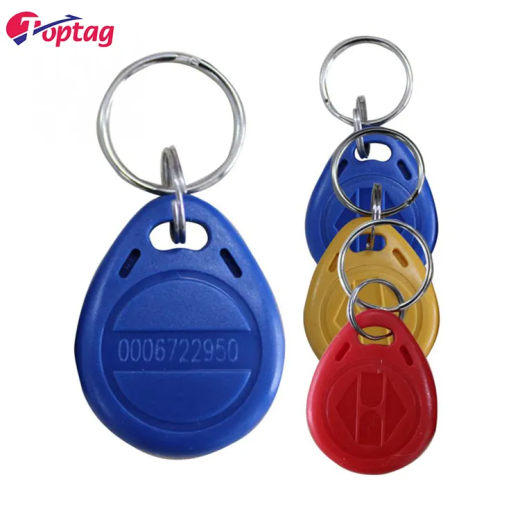
Producto igual al de la descripción, excelente servicio y atención, muy recomendable.
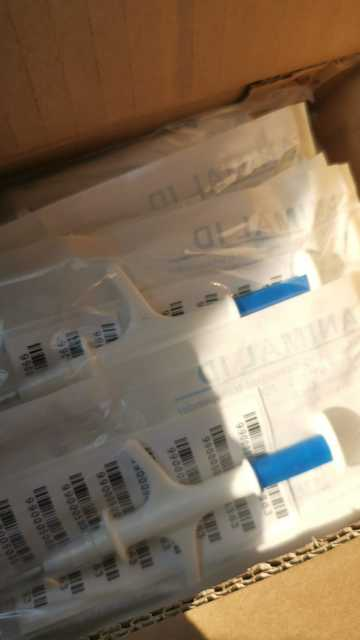
EXCELENTE Servicio como siempre.. llego en el tiempo indicado. Comprare mas en el futuro.. GRACIAS.
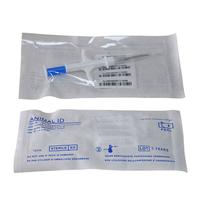
thanks to the seller for the good product, for the quick dispatch of the goods. My clients are very satisfied.
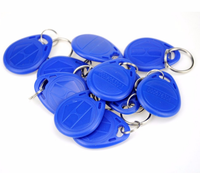
Repeat orders for many times, good supplier. Good quality and fast delivery.
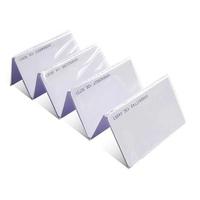
The quality is very good and the customer service is patient.
Price is very affordable, good service attitude.
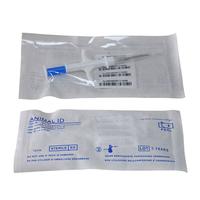
Покупаю шприцы второй раз по 1000 штук, мои клиенты остались довольны.
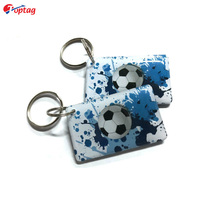
This product and order is amazing! Nicole handled my design and order with ease and the delivery was very quick!!! I am so impressed with the tags and I even have more orders for my other clients! Thank you so much Nicole and Shenzhen Toptag because these are beautiful! Amazing work
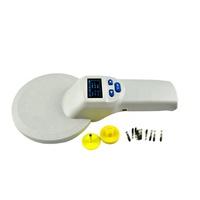
Excellent communication. Description of the item corresponds exactly to the facts. I recommend the seller. Thanks

We are very satisfied with our delivery. The order process went well Cooperative flexible problem solutions were offered. Product quality is good. Thanks for the great cooperation.
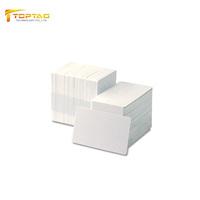
I bought cards mifare ... I am very sattisfied and I can say the best delivery and very fast !!!!!!!!!!!
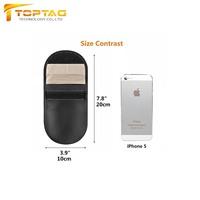
fantastic service, arrived a day earlier which was even better.. i hope to order more soon
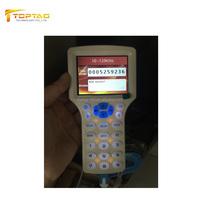
Nice product and good service Thank you so much
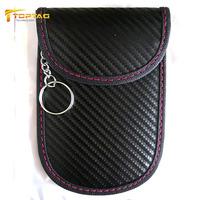
I was very happy with the service I got from Shenzhen Toptag Technology. I was in constact contact with the sales representative and she did a great job in communicating with me and shipping the final product to California.
Great service folks!
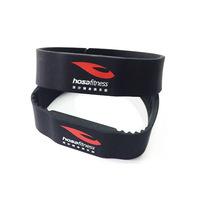
very fast shipping ! alongside with excellent customer serviceamazing experience with this company look forward to making more future orders.
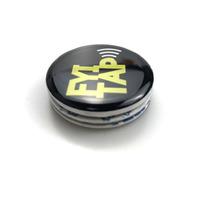
i advice people to trust them and working with them , they are very good and proffessional regards
Copyright © 2024 Shenzhen Toptag Technology Co., Ltd. All rights reserved.